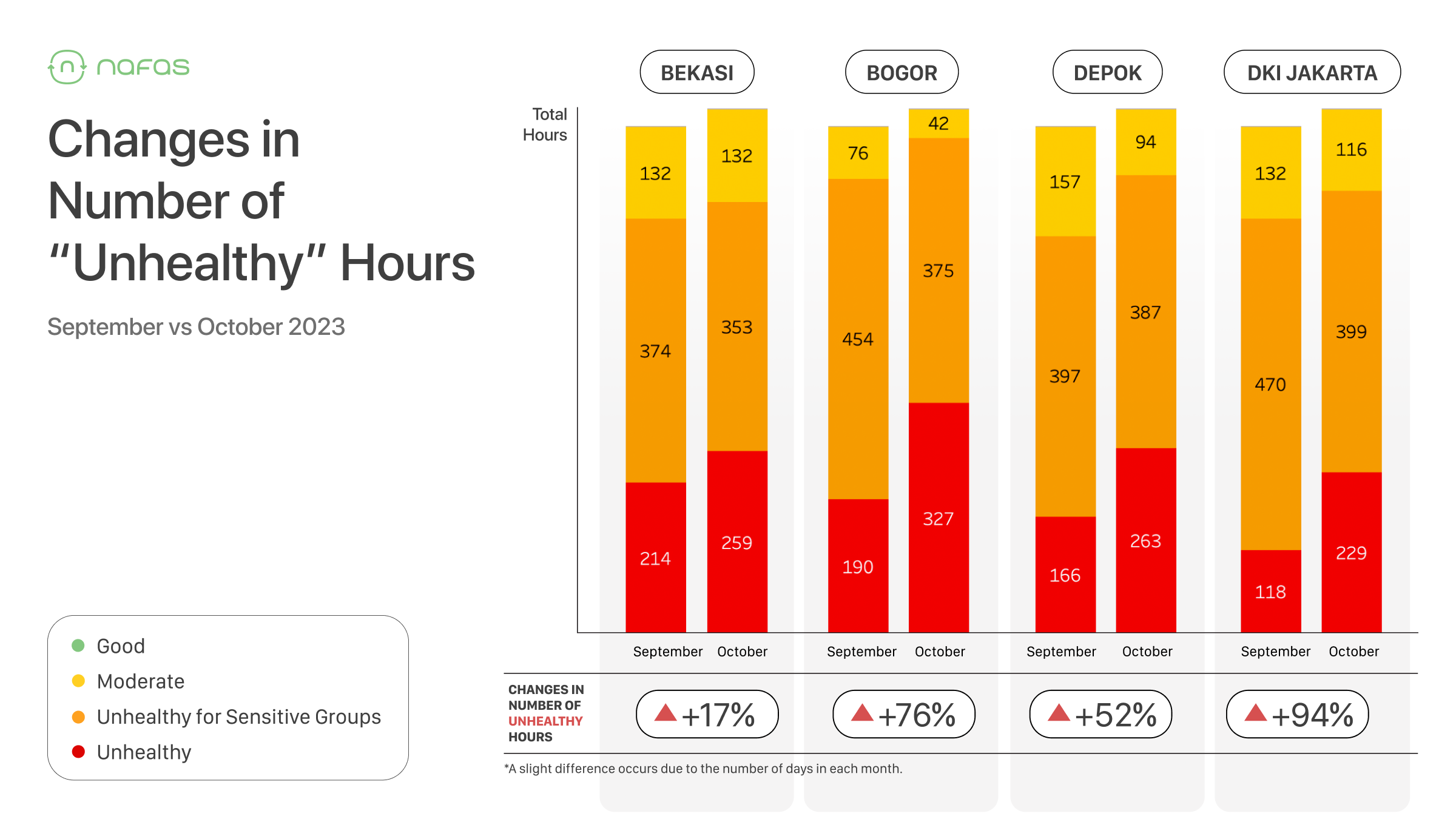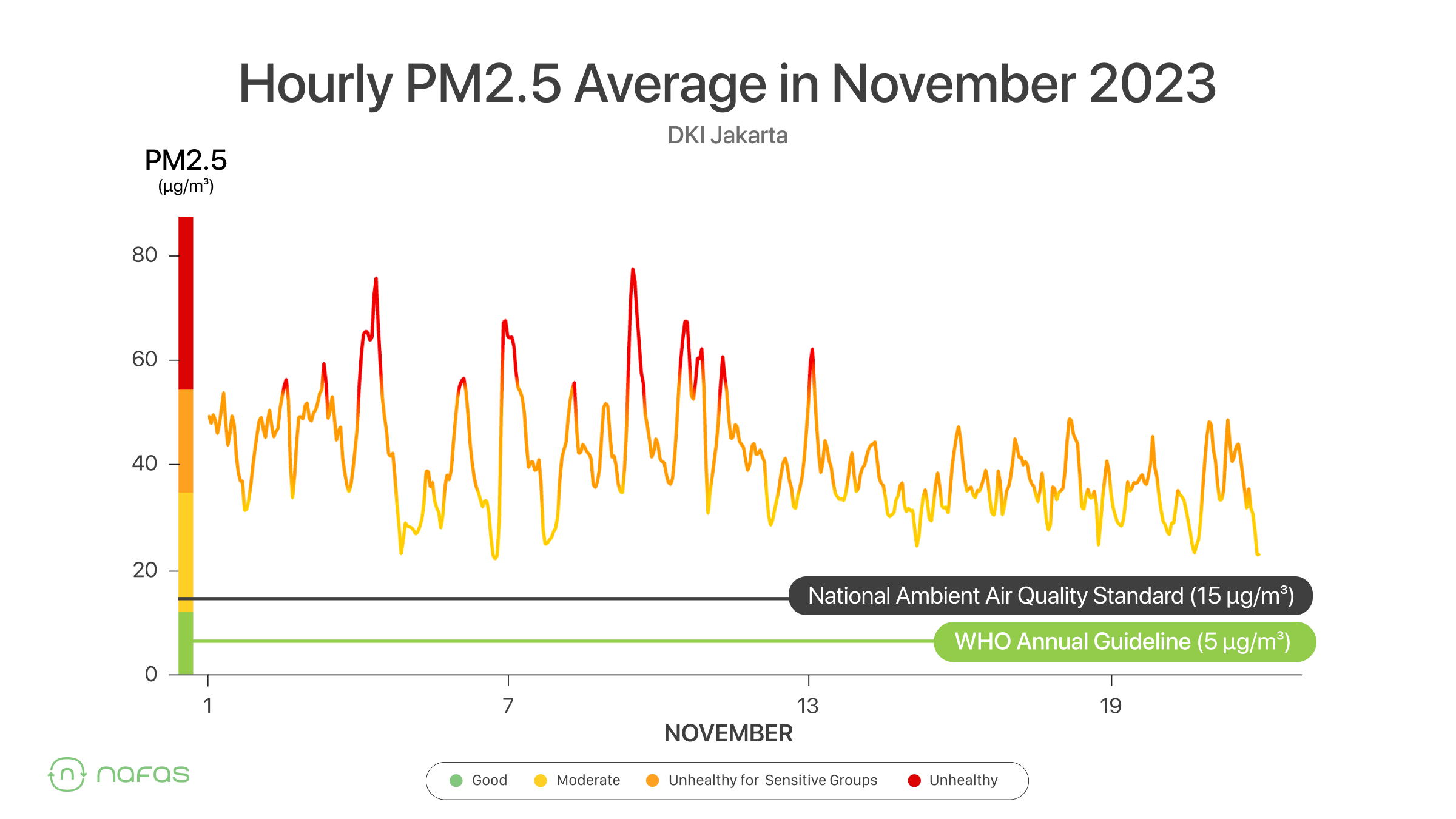Bleak Skies Under The Rainy Clouds, Why?
The rhythmic pattern of raindrops on a city's pavement often carries with it a sense of relief—a natural cleansing of the atmosphere. However, the hope for instantly improved air quality in the wake of a downpour is sometimes met with disappointment. The question lingers: why do the skies remain bleak despite the rain? The answer unveils a complex interplay of atmospheric dynamics and human-induced factors.
While rain can indeed help disperse and wash away PM2.5 from the air, its transformative impact is temporary. Once the rain stops, underlying issues resurface. Traffic emissions, rampant waste burning, and the pervasive influence of coal-powered energy generators persist as significant contributors to air pollution. The transient respite offered by rain becomes a reminder that a comprehensive approach is needed to tackle the multifaceted challenges that shroud our skies.

Surprisingly, there is an uplift in unhealthy hours in several areas despite the showering days. In Bekasi, there are increasing hours of red periods from 214 hours in September to 259 in October. On the southern side of the district, Bogor also has a rise of unhealthy hours and the highest, almost two times from September. The same applies to Depok and DKI Jakarta. DKI Jakarta has the highest changing rate of unhealthy hours with a percentage of 94%.

Yes, there are signs of improvement in November 2023. Despite the volatility in PM2.5 levels, recent data indicates a positive trend towards the end of the month. This improvement is a promising development in the ongoing battle against air pollution.
However, the journey towards sustainable air quality is ongoing. Together, we can build a healthier and more sustainable environment for generations to come. Make Nafas your learning companion for knowing air pollution!